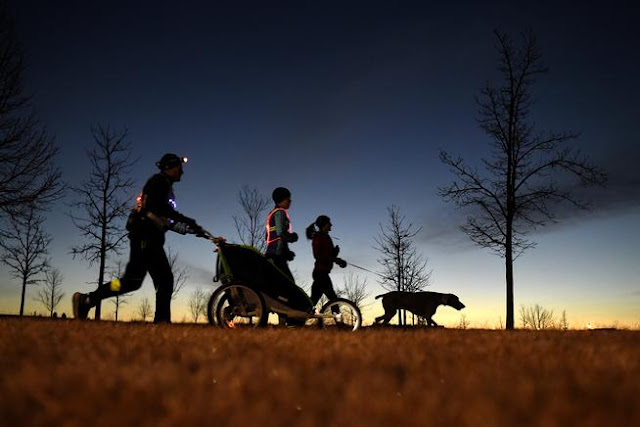VISIONRUNUSA Series (6): That nasty 4-letter word

When I first told people that I was going to run across America, I received an onslaught of people using the 4-letter word that I dislike the most . . . yes, you guessed it - - - they used the "C" word. CAN'T I absolutely abhor that word. It should be eradicated from the English language . . . and' I'm not even sure it is a word. I discussed the word in the movie Running Vision . . . there, I explained that when people say "can't", "they have given up before they have even tried." Well, I believe I CAN, and YOU CAN too. Regarding VISIONRUNUSA, I want to give an example of some of the "can't" statements I heard: - You can't just stop life for 2 months - You can't leave your kids, you'll lose your parenting time - You can't afford the run - You can't run 50 miles a day - You can't run on highways - You can't do it - You can't do this without a major sponsor - ...


